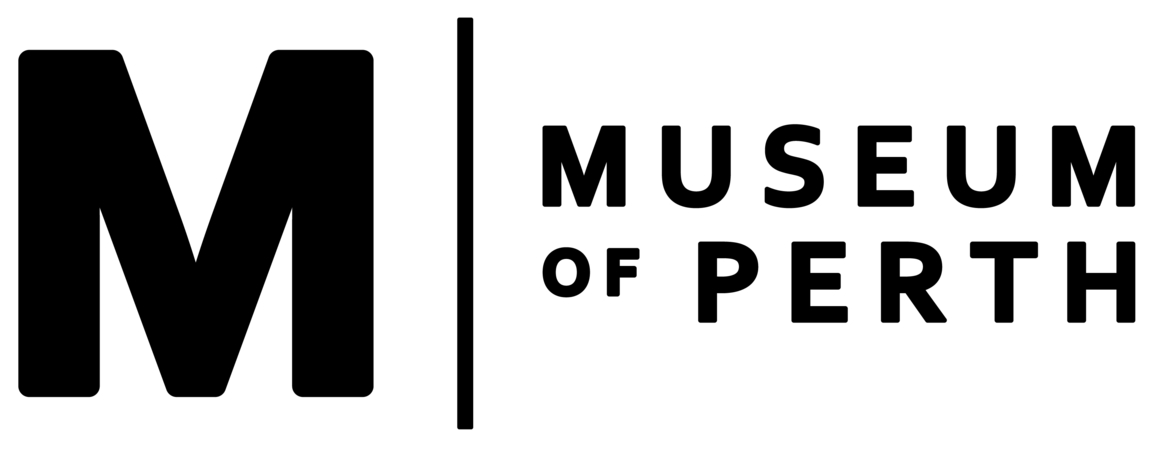Robert Juniper
“For his outstanding contribution to the visual arts, his achievements as a painter, sculptor, designer and educator and for his outstanding generosity to other artists.”
Robert Juniper is one of Western Australia's most successful and respected artists. His work evokes the Western Australian landscape with a unique richness of texture and design. It extends far beyond the canvas and defies simple description. There can be no doubt that his achievements have left an indelible impression on contemporary Australian art.
Robert was born in Merredin in 1929. His early childhood was spent in the wheatbelt and the goldfields, at times living in tents alongside the CY O'Connor pipeline.
“The experience of living in this way in my early years gave me an intimate knowledge of the atmosphere of the landscape. Images of this time are entrenched in my memory, and have provided a solid source for my work, particularly as we were soon to be swiftly extricated from this utopia.”
Robert moved to England with his family in 1936. At fourteen he won a scholarship to study commercial art and industrial design at Beckenham School of Art in Kent. Here he studied and was exposed to works by established and emerging European artists. Robert was particularly impressed by the work of Paul Klee, whom he admired for his experimentation with technique.
Robert returned to Western Australia in 1949 with his family to work on the land in the south-west. Later he was employed at a Perth plaster works company, H.B. Brady and Co., and then as a graphic artist with J.Gibney and Sons for two years. John Lunghi, an art director, encouraged Robert to exhibit his first oil painting, Evening Walk (1951-52). Lunghi became both a friend and mentor who introduced Juniper to an intellectually stimulating group of expatriates who had fled Europe during the Second World War. In 1952 Robert travelled to Sydney where he attended classes at East Sydney Technical College. Within the year, he returned to Perth determined to pursue his career as an artist.
During the 1950s Robert received encouragement, support and inspiration from individuals such as Sam Fullbrook, Pat and Ivan Jordanoff, Elise Blumann, Elizabeth Durack and George Voudouris and the then small local art community. He worked as an art teacher at Perth College and Hale before taking up a full time position as Art Master at Guildford Grammar where he taught until he retired from teaching to become a full time painter, sculptor and print maker.
In the late 1950s Robert was one of the founders of the Perth Group, an informal artists association, along with Guy Grey- Smith, Brian McKay and Tom Gibbons. Robert exhibited regularly during the late 1950s up until 1975 in the Skinner Gallery in Perth. The Skinner Gallery brought the best of Australian artists to Western Australia and helped build a voracious market for Juniper's work. Here he had numerous solo exhibitions and shared many more with his contemporaries. Robert Juniper was the only Western Australian artist chosen to exhibit in the "Recent Australian Painting 1961" exhibition in the Whitechapel Art Gallery in London. In 1964 he exhibited in Tokyo at the Nihonbashi Gallery. Making a trip to Japan three years later reinforced his fascination with the Asian sense of space. Through being exposed to the Japanese landscape, Robert perceived Australia anew.
“I really saw Australia for what it is...a beautiful landscape. I really saw it for the first time, when I came back from Japan.”
Robert views drawing as the core of his practice. His drawings often move towards other forms, which may be a painting, a print or a sculpture. His figurative paintings draw heavily on the Western Australian landscape and the rich store of folklore and legends associated with it. Distinctive figures and other narrative elements also enliven his work. His paintings show a careful evolution of textures and are informed by his passion for local heritage. Robert has travelled extensively throughout the State and the landscape of the north-west is an obvious. influence on his work.
The work of Robert Juniper is highly accessible to the public of Western Australia. He has produced public murals, sculptures, set designs, stained glass windows and posters, including the 1998 Festival of Perth poster. He is one of a few artists who has undertaken a regular series of public commissions. The Government Crest on the Federal Court building in Victoria Avenue, Perth, is a permanent reminder of the impression Robert has made on this State.
Robert Juniper is represented in numerous public collections, including the Art Gallery of Western Australia, the Art Gallery of New South Wales, the National Gallery of Victoria, and Curtin University. He has won many awards and has twice been the recipient of the Wynne Prize for Landscape Painting. In 1984 he was awarded an honorary doctorate from the University of Western Australia for his contribution to contemporary Australian art.
Robert Juniper has a unique humanism which is reflected in his work and in his interaction with his students and the artistic community. He is admired not only for his work but also for "his tenacity in pursuing goals that were not always fashionable, his generosity to other artists and his adherence to professional standards." Robert now divides his time between his studio home in Darlington and Broome. He continues to work and unequivocally states, "artists don't retire" In 1999, the Art Gallery of Western Australia presented a major retrospective of his work.
Reference; "Speaking of Success" Artists Chronicle, Oct/Nov 1997, p20-24. O'Brien, Philippa, Robert Juniper, Craftman House, Sydney, 1992, p39. Woldendorp, R and Stringer, J, Western Australian Artists in Residence. Sandpipers Press, WA, 1995. "Juniper salutes departing Blenkinsop '' The Weekly Post, Saturday, 12 September 1998, p45.
Robert Juniper

